*This post contains affiliate links.*
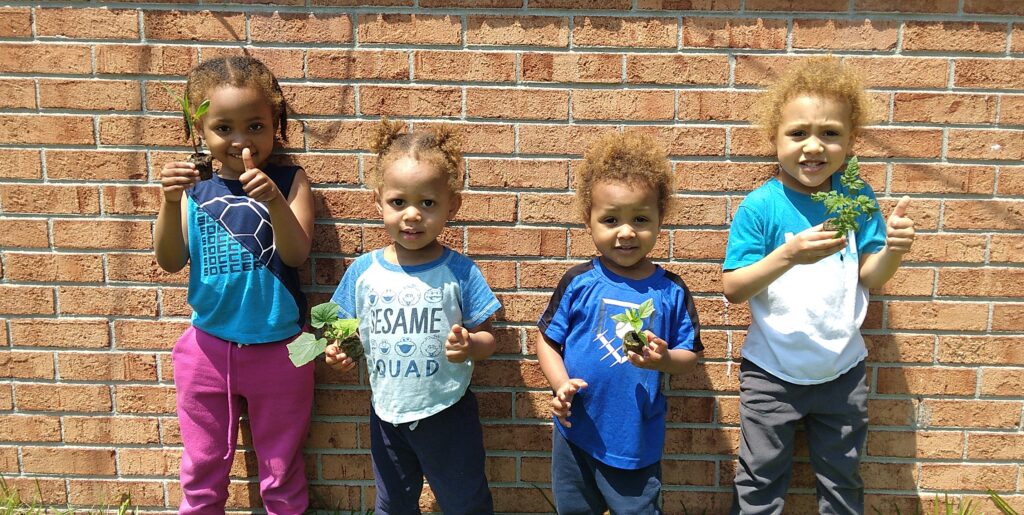

When you begin your organic farming journey, one of the first rules you learn is never start seeds in regular outside dirt. The soil in your garden is a full-blown ecosystem and starting seeds in the ground would be akin to birthing a child on a busy city street.
Upon learning this, I pondered how ancient farmers were able to thrive. It turns out, farming began in 10,000 B.C. in a region of the Middle East that is known to historians as the Fertile Crescent – the same area that ancient biblical texts describe as the location of the Garden of Eden. Without the same blessed backyard that Adam and Eve had, you will need to obtain a different medium for seed germination.
The 6 best seed starting mediums are seed starting mix, rockwool, clay pebbles, damp paper towels, grow plugs/sponges, and my favorite – peat pellets.
Below is a detailed description of these mediums and a guide to help you start seeds in all of them. This article should provide you with enough information to choose which method will work best for you and get you sowing!
1. Peat Pellets
Best seed starting medium for stress-free germination, beginning gardeners, and getting kids involved in the sowing process.
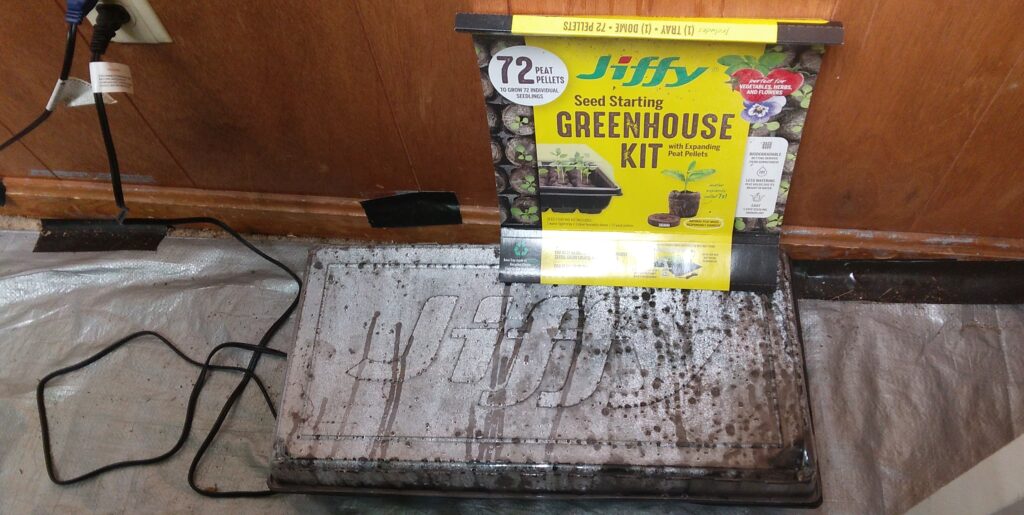
There are many reasons why peat pellets (Jiffy Pods) are overall the best seed starting medium, but I’ll start by saying my kids LOVE them. They’re just like the kids’ toys that enlarge when you soak them. The peat pellets come small and hard. The instructions are simple. To prepare the pellets for seed planting I get my kids to pour the water over them and together we watch them grow 3X bigger. My kids learn about farming by observing different kinds of seeds and dropping them into the pods. They can hold the pellets and participate in the wondrous growing process.
Peat pellets can be purchased in different kits. I use the Jiffy Greenhouse Kit equipped with 72 36mm pellets, a tray with a lid that acts as a perfect humidity dome, labels to help you remember what’s in your tray (as well as a mapping chart on the cardboard), and a super nutrient packet that can be used in the first gallon of water you prepare for them. You can buy kits with different pellet amounts and sizes. If your garden is a large-scale operation, you can save money by buying Jiffy peat pellets bulk 1000 pack or even 2000. The right size (36mm, 42mm, 50mm, etc.) depends on either how fast the plant you’re sowing will grow or how soon you want to transplant the start. I don’t mind transplanting soon after sowing, so I get 36mm pellets almost every time.
If a pod is left with a seed that doesn’t germinate, I will often dig through the pellet, remove the lifeless seed, and replace it with a fresh one (as long as I don’t find mold growth within the pellet).
Peat pellets also work in hydroponic systems because they fit perfectly in these net cups.
2. Grow Plugs/Sponges
Best seed starting medium for mess-free seed starting and beginning gardeners to start seeds for hydroponics systems.
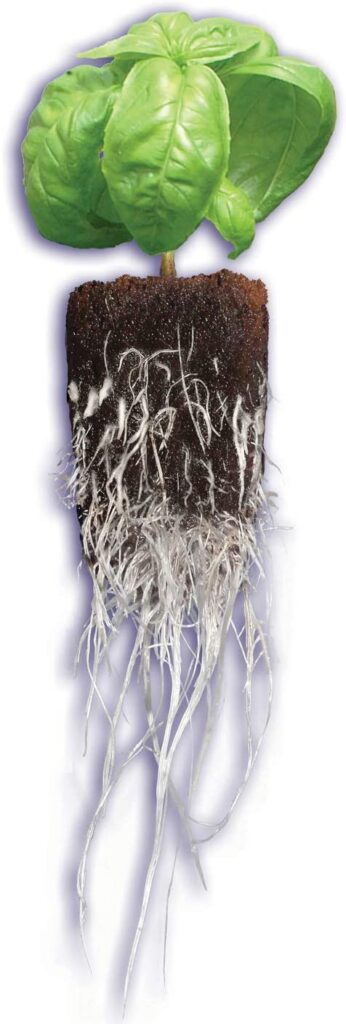
Grow plugs and sponges are similar to peat pellets because they are compact and can be easily transplanted. Products such as General Hydroponics Rapid Rooter Plant Starters are made of peat moss and uniquely bound into a sponge material. Seedlings can eventually be moved into water systems or dirt.
Almost any type of sponge can be used to germinate seeds because they encapsulate the seed in moisture and keep it oxygenated. I have had success germinating seeds in the foam blocks that came with this system.
3. Paper Towels
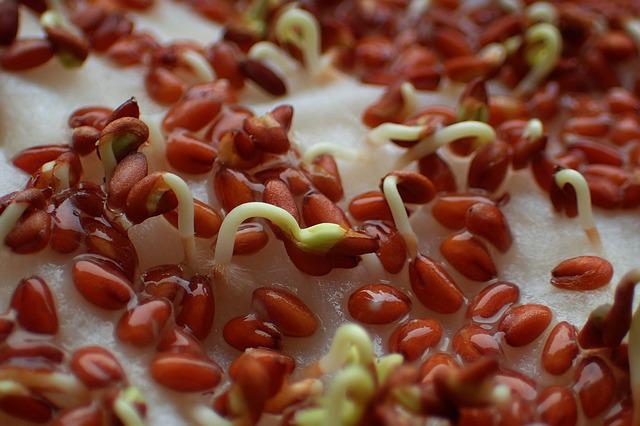
Best seed starting medium for starting seeds indoors on a budget.
If you don’t want to risk wasting a single peat pellet or plug on a stubborn seed that will never sprout, then a clean paper towel is the best seed starting medium for you.
The technique is simple– cut 2 pieces of paper towel, coffee filter, tissue paper, growing paper, or some other thin lightweight fabric or mesh material to fit comfortably in an airtight bag or container. Mist one piece of the paper/cloth with filtered water to dampen– but not soak– it and evenly lay the seeds you wish to germinate on it. Cover the seeds with the second, dry piece and place the covered seeds inside the airtight container/bag. Keep your seeds in a warm, dark place and check on them frequently. If you notice the towel drying out, spray some more water on it (don’t let it get too damp; remember that seeds need oxygen as well as water). The day you notice your seed send out a root, take it out and plant it in another nutrient-rich medium.
4. Clay Pebbles
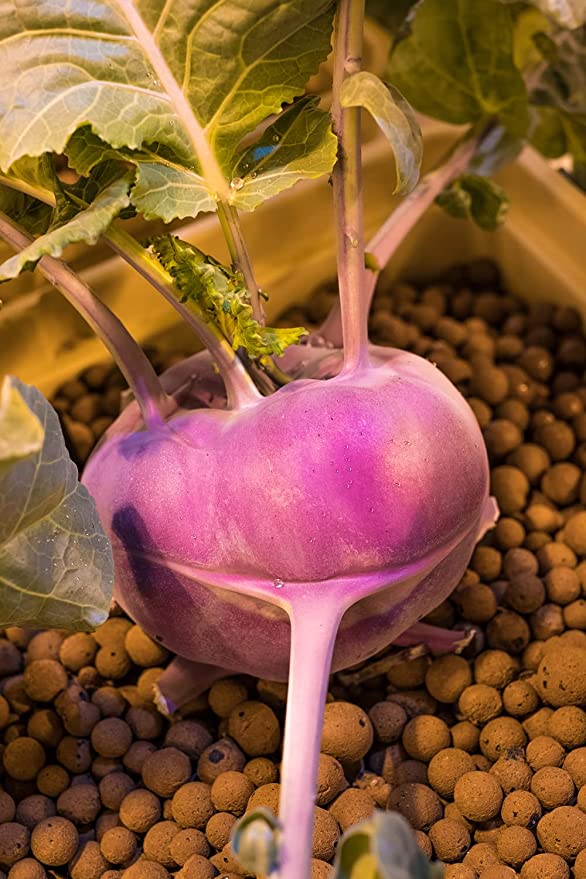
Best seed starting medium for hydroponic growers who want low-hassle, low-cost germination.
Seeds can even be started by tossing them in water and some clay pebbles. The vast majority of seeds cannot properly germinate in a cup with just water because seeds float and require air, so a seed must be nestled in an aerated medium and all of its sides equally moistened. You can successfully start seeds by placing a net cup filled with clay pebbles in water and dropping the seeds on the clay pebbles at the water’s edge.
5. Rockwool
Best seed starting medium for experienced growers who want to experiment with growing more in less space.

This is a terrific material with which I am very familiar.
Rockwool is made of liquid basalt rock and limestone. A machine turns the material into superfine, sterile filaments. Many are familiar with its uses for insulation, but its application in the garden space is becoming increasingly popular. As you can imagine, it can be quite dangerous to use if you don’t properly protect your eyes, lungs, and skin, but it retains water and air, provides easy control over nutrient levels, and can be reused and composted. All advanced growers should invest in rockwool.
Starting seeds in this medium requires some skill and technique. It has a naturally high pH, so before initial use rockwool must be fully submerged in water with a pH of 5.5 for at least an hour. If your cubes come wrapped in plastic, poke holes in the bottom so excess water can drain.
Remove and shake the rockwool or set it on a drainage tray (I use this) so extra water runs out, but try not to press the material, as this packs the strands and obliterates its air circulation properties.
The rockwool may have a hole in the top, otherwise you’ll need to make a small incision with a sharp tool. Set a seed in the opening and delicately push it down.
Then place your starts on a tray that will allow water to drain from the cubes (or purchase a convenient setup for that exact purpose like this one which will fit this tray to hold the rockwool cubes). Frequently mist seeds in cubes and keep them under a plastic dome.
6. Seed Starting Mix
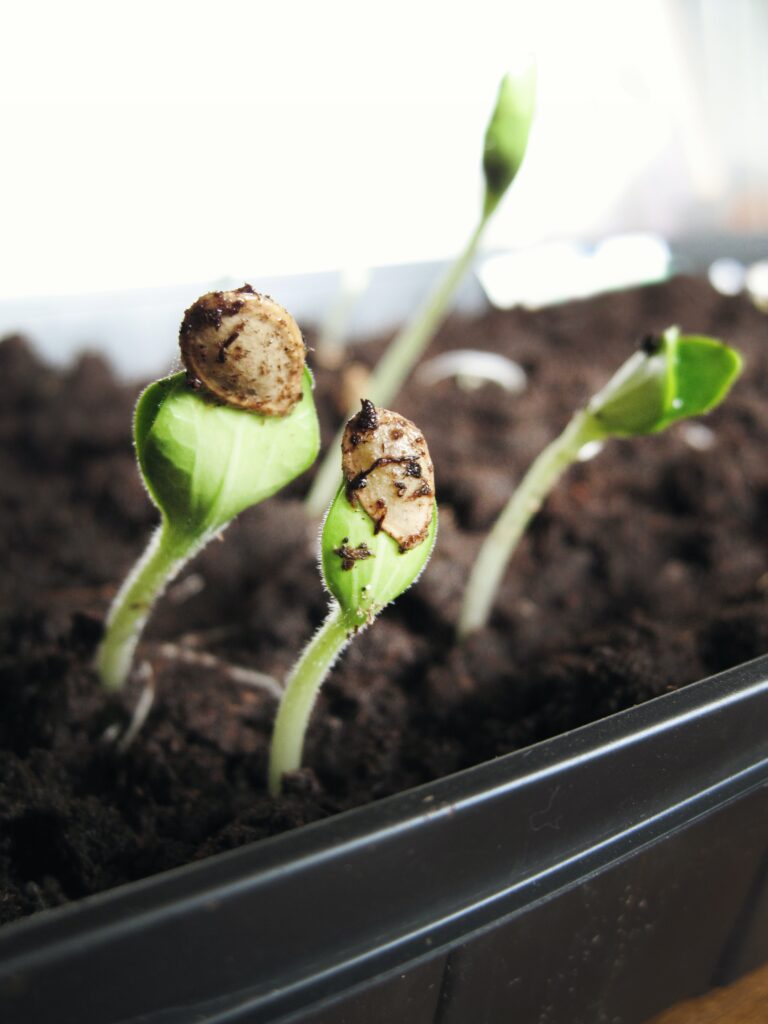
Best seed starting medium for starting seeds outdoors.
The best and least expensive way to start seeds with a potting mix is to use this recipe– ⅓ retention ingredients, ⅓ drainage ingredients, and ⅓ filler compost.
My #1 recommended DIY mix– coco coir, pumice, and worm castings, respectively. Coco coir is fiber from the husk of the coconut shell. It is less expensive than peat moss and is so fun to use with kids because, just like the Jiffy Pods, it comes compacted and needs to be expanded in water. Pumice is made of volcanic rock and is the best and least inexpensive way to prevent your retention medium from caking up and ensure water can percolate through your mix. Worm castings (worm poop) are fantastic for adding organic, beneficial bacteria to your new seedlings.
Seed starting mixes can be purchased in store, but usually don’t contain nutrients. Jiffy makes a great organic seed starting mix, but in order to truly achieve the best seed starting medium, I would always amend a pre-mixed product by adding at least 1 form of filler compost to it before planting anything in it. Simply pour your ingredients into a big bucket, hydrate them, and toss them together until well combined.
You can put this mix in trays, pots, cups, or pieces of newspaper– yes, make super effective, free pots with this method by the farmers at You Can’t Eat the Grass. You can start seeds in egg cartons or even start seeds in eggshells.
The 5 Environmental Factors to Consider When Starting Seeds
Once you choose the best seed starting medium for you, make sure you pay attention to the temperature, humidity, lighting, air flow, and nutrients it’s receiving.
Temperature depends on plant variety and can range from 60 to 90°F. Here is a useful chart I found on the Food Gardening Network Website:
In general, seeds like to germinate when the temperature is at least 10° warmer than the temperature the seedlings can grow in. Species-specific information can often be found on the packet of seeds itself, and you can always search online. I get a high germination rate by using a seed starting heat mat.
Humidity is extremely important in promoting seed germination. Most seeds should be germinated under a humidity dome and can thrive in up to 100% humidity. Low humidity can be detrimental.
Lighting is usually not necessary for germination. Some seeds like a low lighting, but most can sprout in complete darkness.
Air movement should be very low. A humidity dome will prevent air flow.
Nutrients are highly beneficial from the moment the seed sprouts. Although the microbes in plain outside dirt are far too active, starting seeds in an appropriately nutrient-rich medium will make the seedlings 50-70% stronger. Be careful not to burn your plants; always read instructions and remember a little goes a long way. I recommend lightly dosing water for seed starts with this.
Conclusion
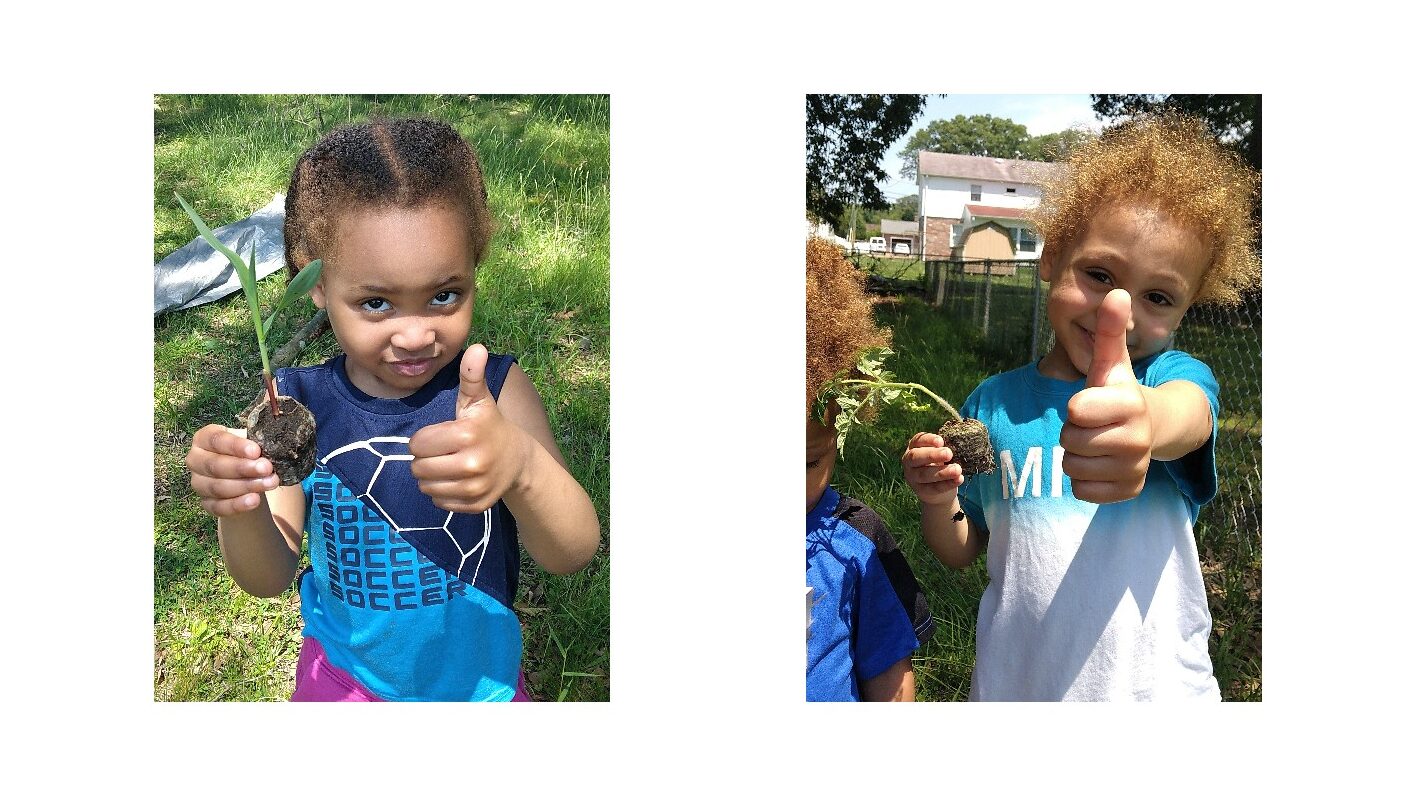
When you want to germinate seeds there are so many options. This article outlines the 6 best seed starting mediums you can choose from, explains how to properly use each one, and summarizes the 5 most important environmental factors to consider when setting up for propagation.
Once your seeds have sprouted, their requirements change. The best seed starting medium is not necessarily the best medium to transplant your seedlings into. Explore the articles and videos on this website to learn how to keep seedlings alive and make them thrive.
Do you still have questions? Leave a comment below or join the Free Life Tree Life community by posting your queries in our forum.